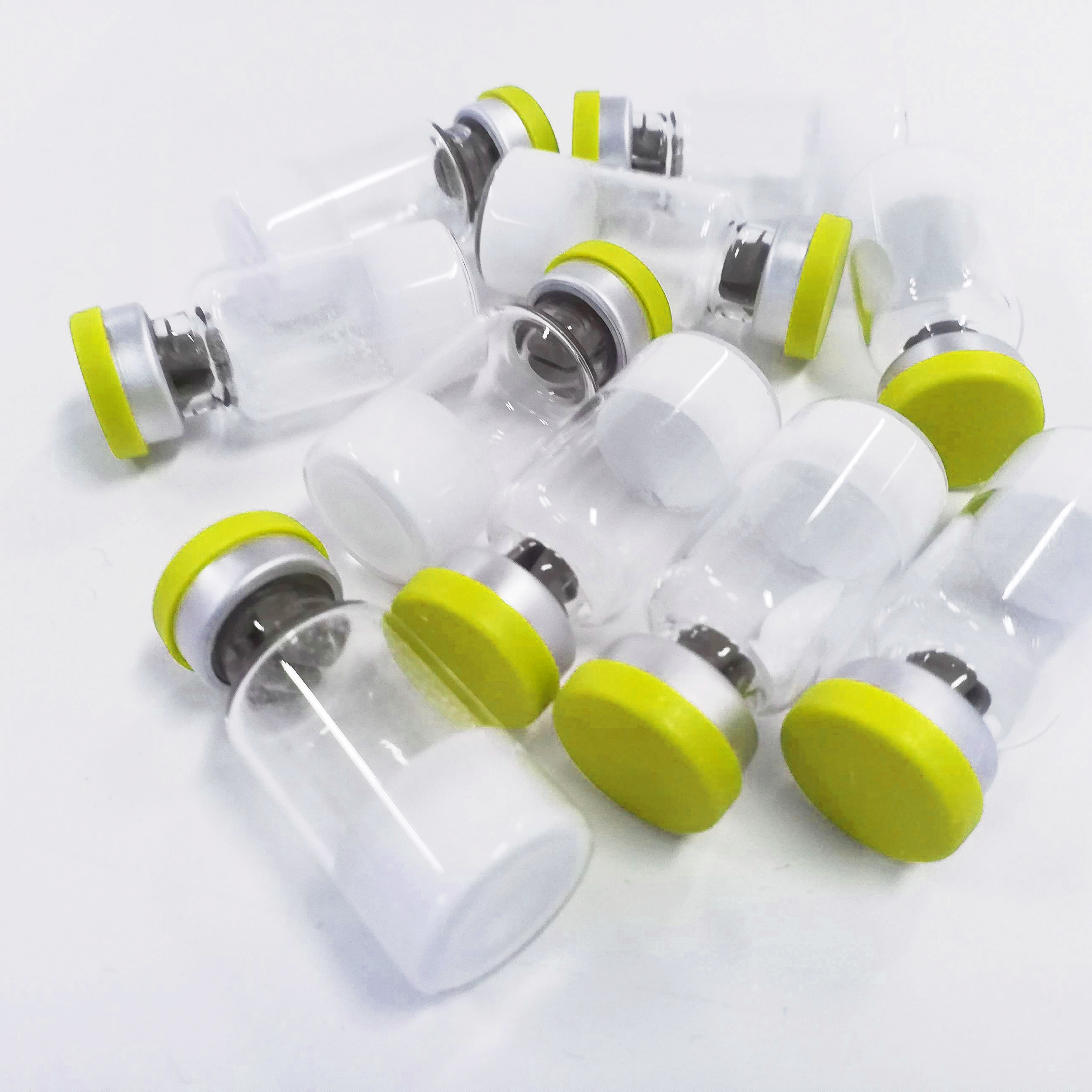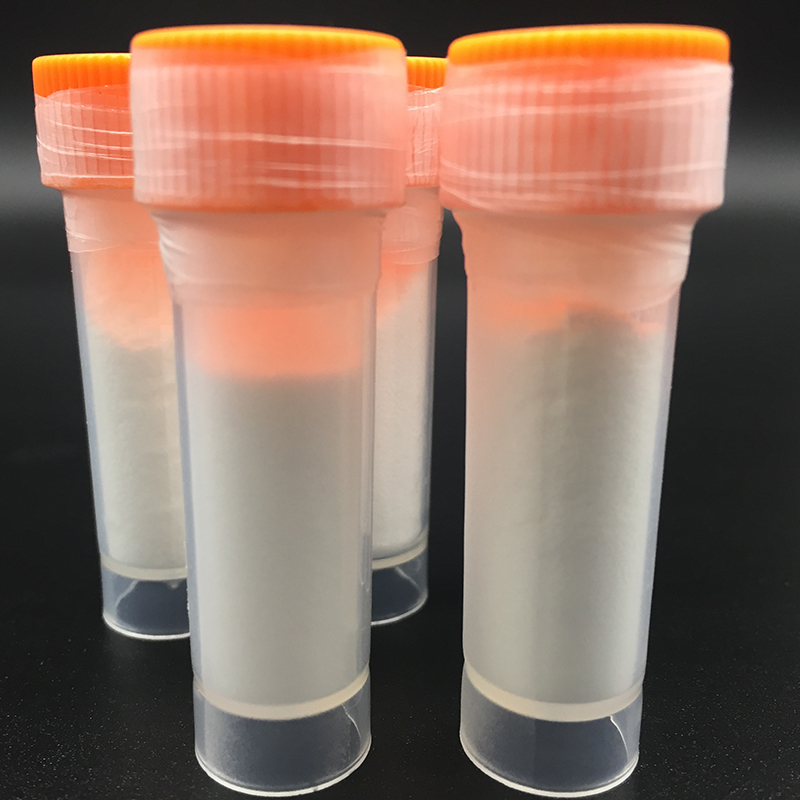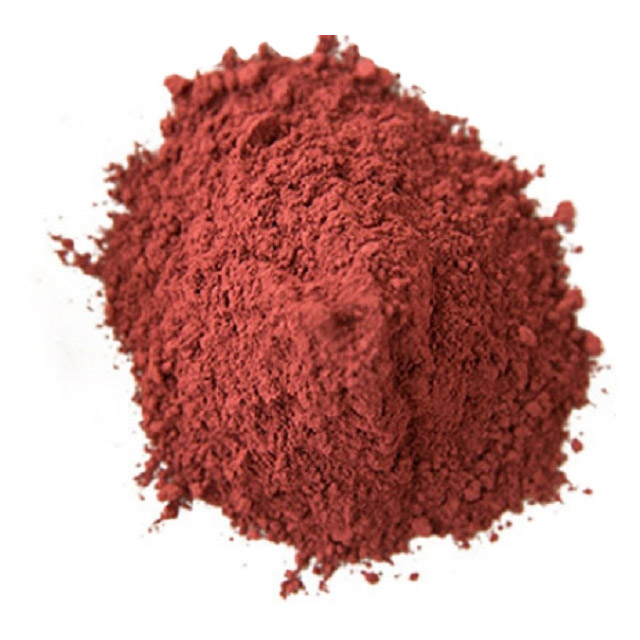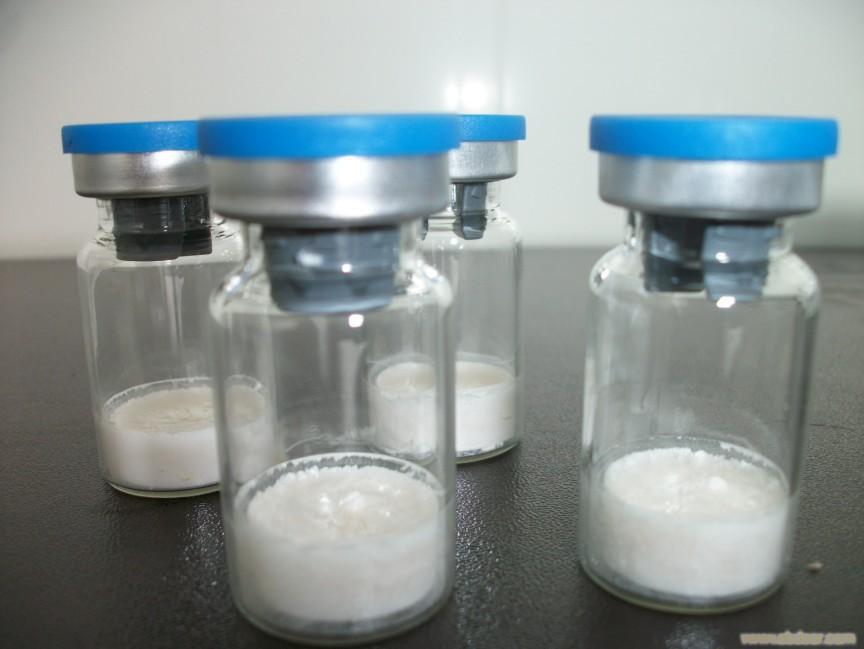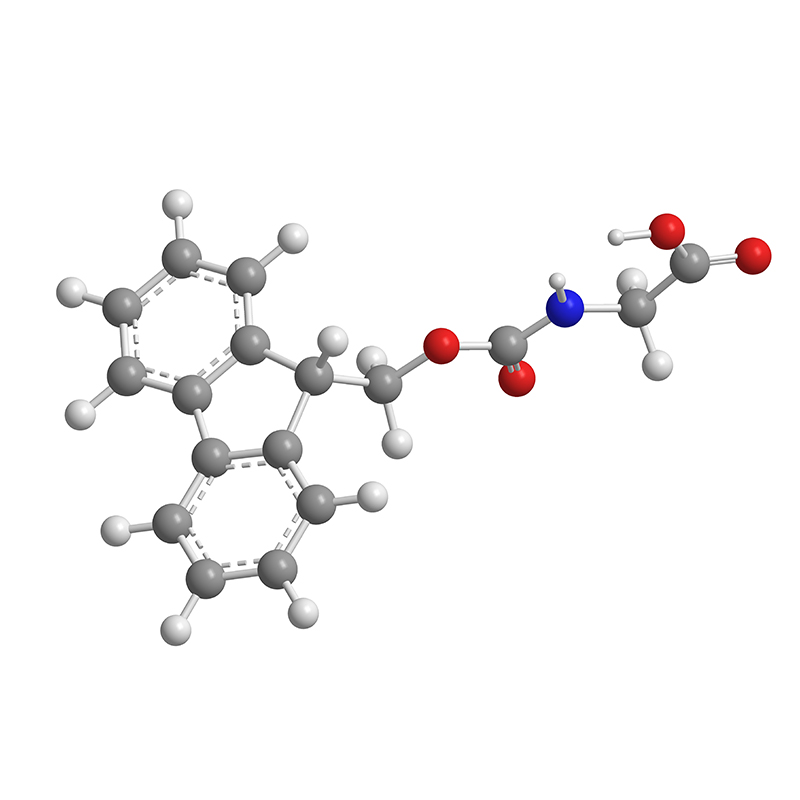Hot sale Chemical Intermediates - Dioctyl sebacate_DOS 122-62-3 – Gentolex
Hot sale Chemical Intermediates - Dioctyl sebacate_DOS 122-62-3 – Gentolex Detail:
Product Detail
| Product name | Dioctyl sebacate/DOS |
| CAS | 122-62-3 |
| MF | C26H50O4 |
| MW | 426.67 |
| EINECS | 204-558-8 |
| Melting point | -55 °C |
| Boiling point | 212 °C1 mm Hg(lit.) |
| Density | 0.914 g/mL at 25 °C(lit.) |
| Vapor pressure | <0.01 hPa (20 °C) |
| Refractive index | n20/D 1.450(lit.) |
| Flash Point | >230 °F |
| Storage conditions | Store below +30°C. |
| Solubility | <1g/l |
| Form | Liquid |
| Color | Clear slightly yellow |
| Water solubility | <0.1 g/L (20 ºC) |
Synonyms
OctoilDOS; octoils; Octyl Sebacate; octylsebacate; Plasthall DOS; Plexol; Plexol 201.
Description
Dioctyl sebacate, also known as bis-2-ethylhexyl sebacate, or DOS for short, is obtained by esterification of sebacic acid and 2-ethylhexanol. Suitable for polyvinyl chloride, vinyl chloride copolymer, nitrocellulose, ethyl cellulose and synthetic rubber. It has high plasticizing efficiency and low volatility, not only has excellent cold resistance, but also has good heat resistance, light resistance and electrical insulation, and has good lubricity when heated, so that the appearance and feel of the product are good, especially It is suitable for making cold-resistant wire and cable materials, artificial leather, films, plates, sheets, etc. In addition, the product is also used as lubricating oil and lubricating grease for jet engine and stationary liquid for gas chromatography. The product is non-toxic. The dosage of 200mg/kg was mixed into the feed and fed to rats for 19 months, and no toxic effect and no carcinogenicity were found. Can be used in food packaging materials.
Properties
Colorless to pale yellow liquid, insoluble in water, soluble in ethanol, ether, benzene and other organic solvents. It can be mixed with ethyl cellulose, polystyrene, polyethylene, polyvinyl chloride, vinyl chloride-vinyl acetate copolymer, etc., and has good cold resistance.
Product detail pictures:
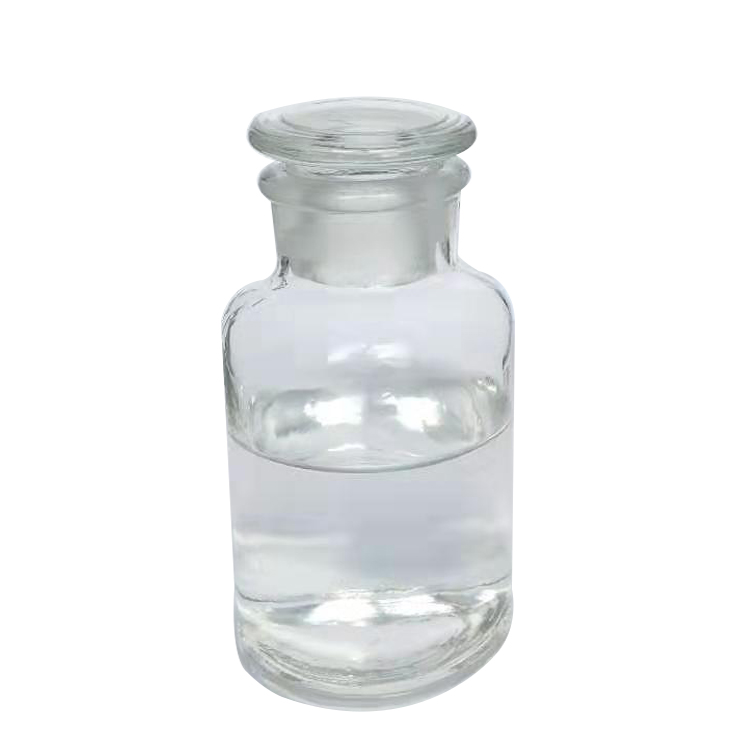

Related Product Guide:
Adhering to the principle of "quality, service, efficiency and growth", we have gained trusts and praises from domestic and international client for Hot sale Chemical Intermediates - Dioctyl sebacate_DOS 122-62-3 – Gentolex , The product will supply to all over the world, such as: Hungary, Bulgaria, Bolivia, We have the best products and professional sales and technical team.With the development of our company, we are able to provide customers best products, good technical support, perfect after-sales service.
The goods are very perfect and the company sales manager is warmful, we will come to this company to purchase next time.


